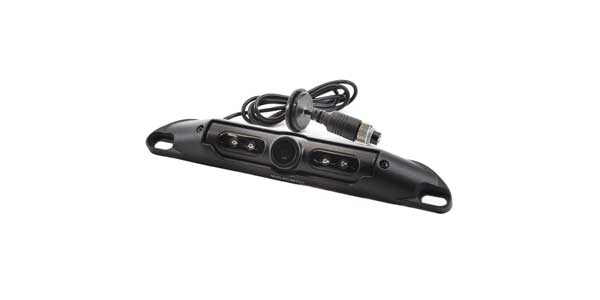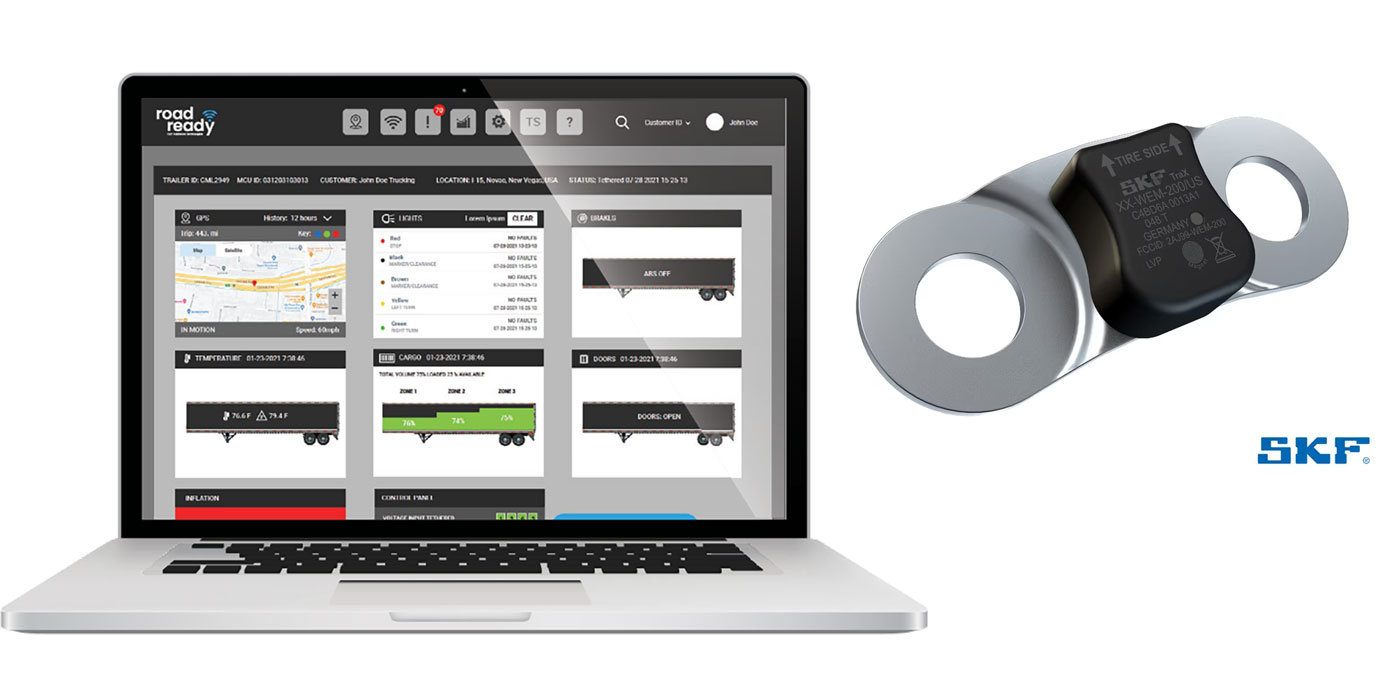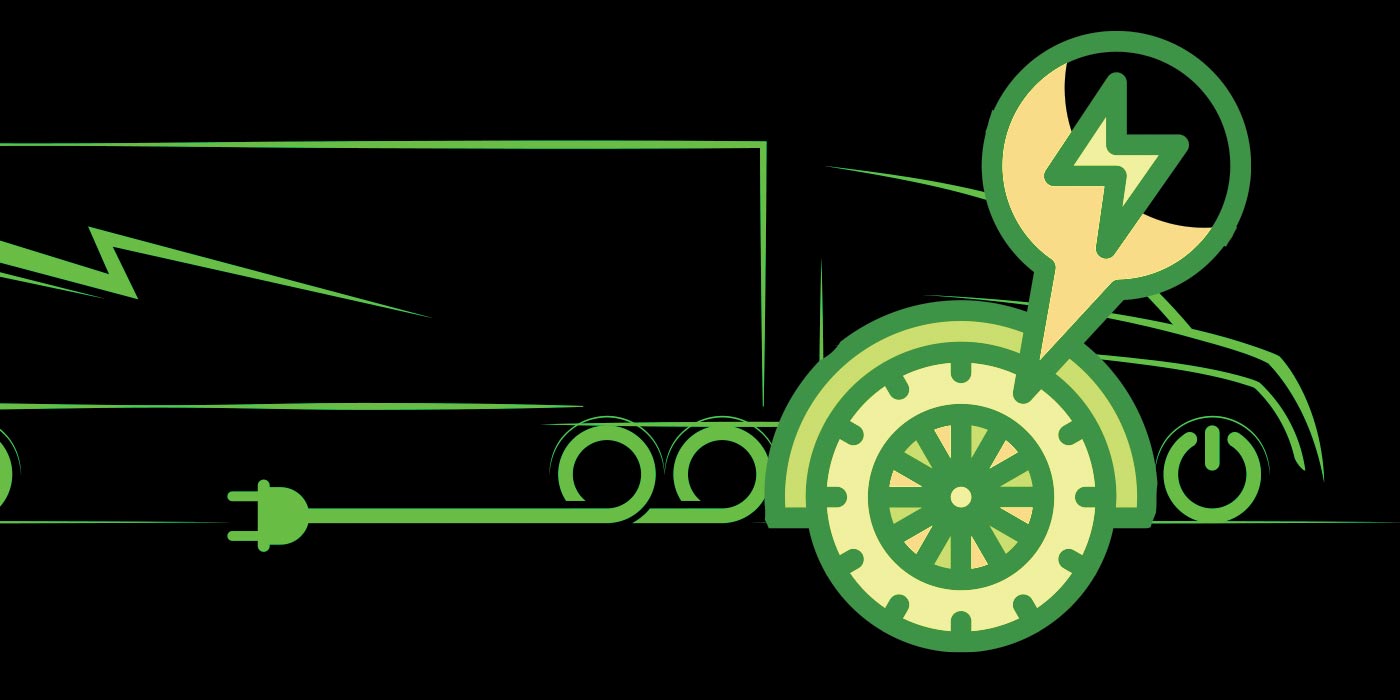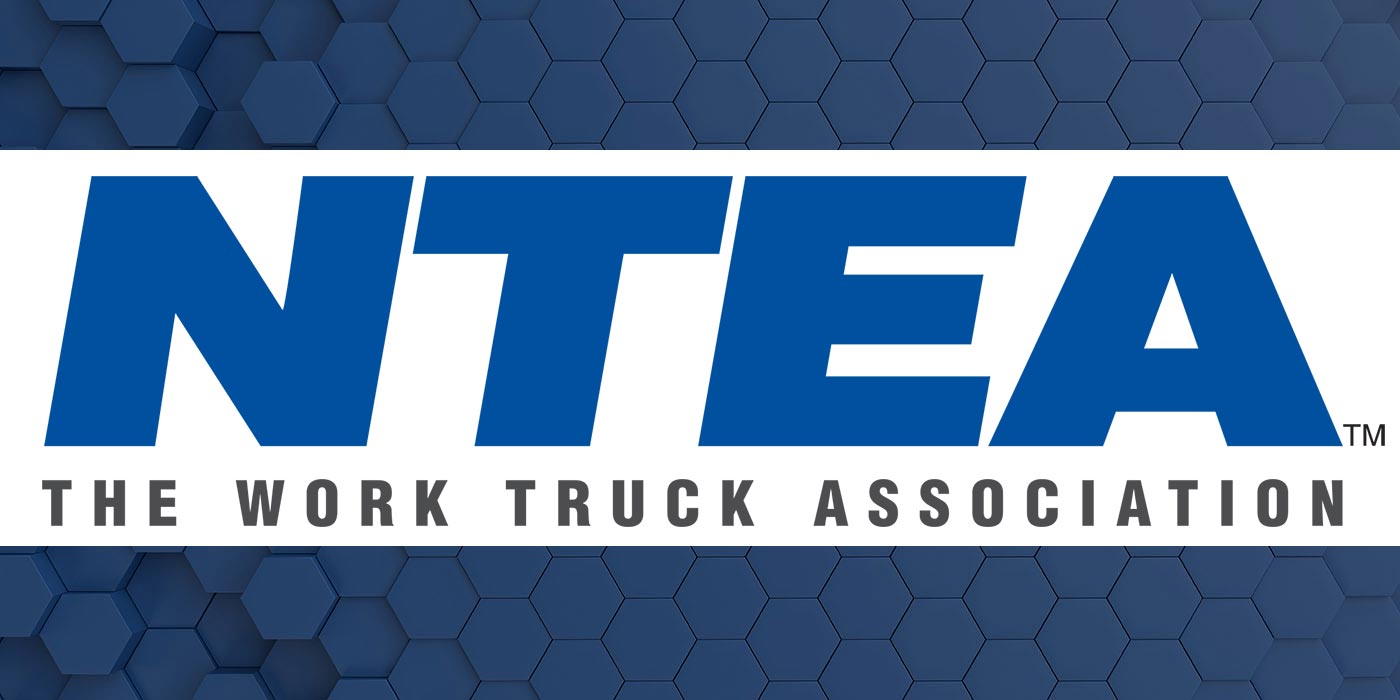In the works since the passage of the Cameron Gulbransen Kids Transportation Safety Act of 2007, the newly enacted update to Federal Motor Vehicle Safety Standard (FMVSS) No. 111 by the National Highway Traffic Safety Administration (NHTSA) sets new rear vision system requirements for vehicles with a 10,000-lb. or lower Gross Vehicle Weight Rating.
Information provided by NTEA sums up the series of performance requirements for rear vision systems in the new portion of FMVSS 111: The phase-in for the new standard calls for field of view criteria to be met beginning May 1, 2017. This means a vehicle that is completed on or after this date and equipped with a rear vision system already meeting field of view requirements must continue to do so after it is altered.
For example, when replacing a body on a truck that meets field of view requirements with an OEM camera system, the camera will need to be reinstalled (or replaced with an equivalent, compatible camera) on the new body in a position that continues to satisfy the field of view requirements.
Full compliance with other FMVSS 111 rearview system performance requirements is required for vehicles manufactured on or after May 1, 2018. In addition to field of view requirements, most of these involve system hardware and electronics characteristics, such as response time, linger time, deactivation, default view and durability. Another requirement is image size, which can be affected by the camera and its location when replacing or relocating an OEM-supplied unit.
NTEA also notes that while there is no comprehensive list indicating which vehicles are equipped with rear vision systems and compliant with the field of view criteria, NHTSA’s New Car Assessment Program (NCAP) now includes rear vision systems in a list of recommended safety technologies.
In addition, although not all vehicles are evaluated under the program, those recognized by NHTSA as having a “recommended advanced technology” for a rear vision system will have been reviewed for conformity with field of view, image size and response time criteria.
NTEA recommendations for fleets include assuming that vehicles on which fleets are removing and reinstalling (or replacing) a rearview camera on or after May 1, 2017, will need to be evaluated for field of view. Furthermore, the association says that reviewing chassis manufacturers’ vehicle documents will be an important first step in preparing for compliance needs.
The impact of these changes to FMVSS 111 will be felt by fleets that need to monitor compliance for upfitted vehicles, manufacturers that need to understand design implications for truck mounted equipment that may impact rearview camera placement, and equipment distributors and upfitters that modify vehicles governed by the new regulation and that may need to relocate the rearview camera.
For all involved parties, NTEA is offering a conformity manual that includes a materials list, a step-by-step test procedure, full-color photos and diagrams and a test procedure checklist. A test manual available from the association to provide guidance in meeting the requirements of the field of view rear visibility portion of FMVSS 111 includes materials for use during testing procedures.
The change to include rear vision systems in the FMVSS 111 standard was driven by the need to reduce back over accidents. The extended 10- by 20-ft. zone behind a vehicle covered by these new systems covers space that traditional mirrors do not enable a driver to fully view.
NHTSA’s assessment of available safety data indicates that on average there are 267 fatalities and 15,000 injuries (6,000 of which are incapacitating) resulting from back over crashes every year. Of those, 210 fatalities and 15,000 injuries are attributable to back over crashes involving light vehicles, trucks and buses.
Rear visibility systems meeting the requirements of the final FMVSS 111 rule are predicted to have an effectiveness that is substantially higher than currently available systems.














